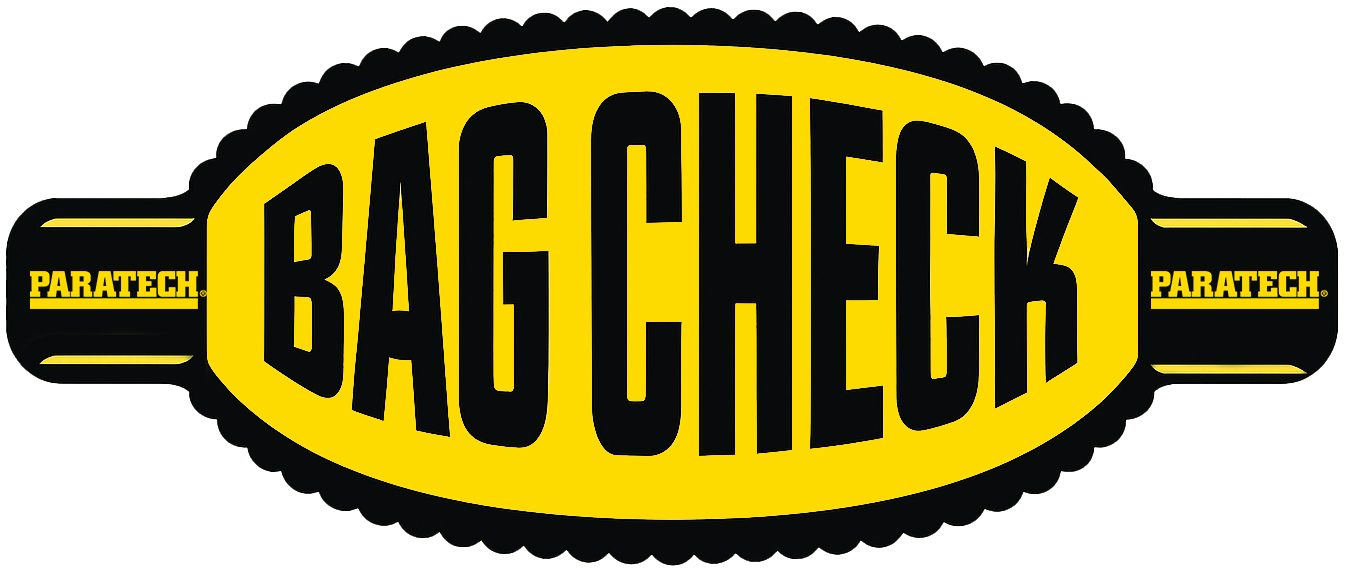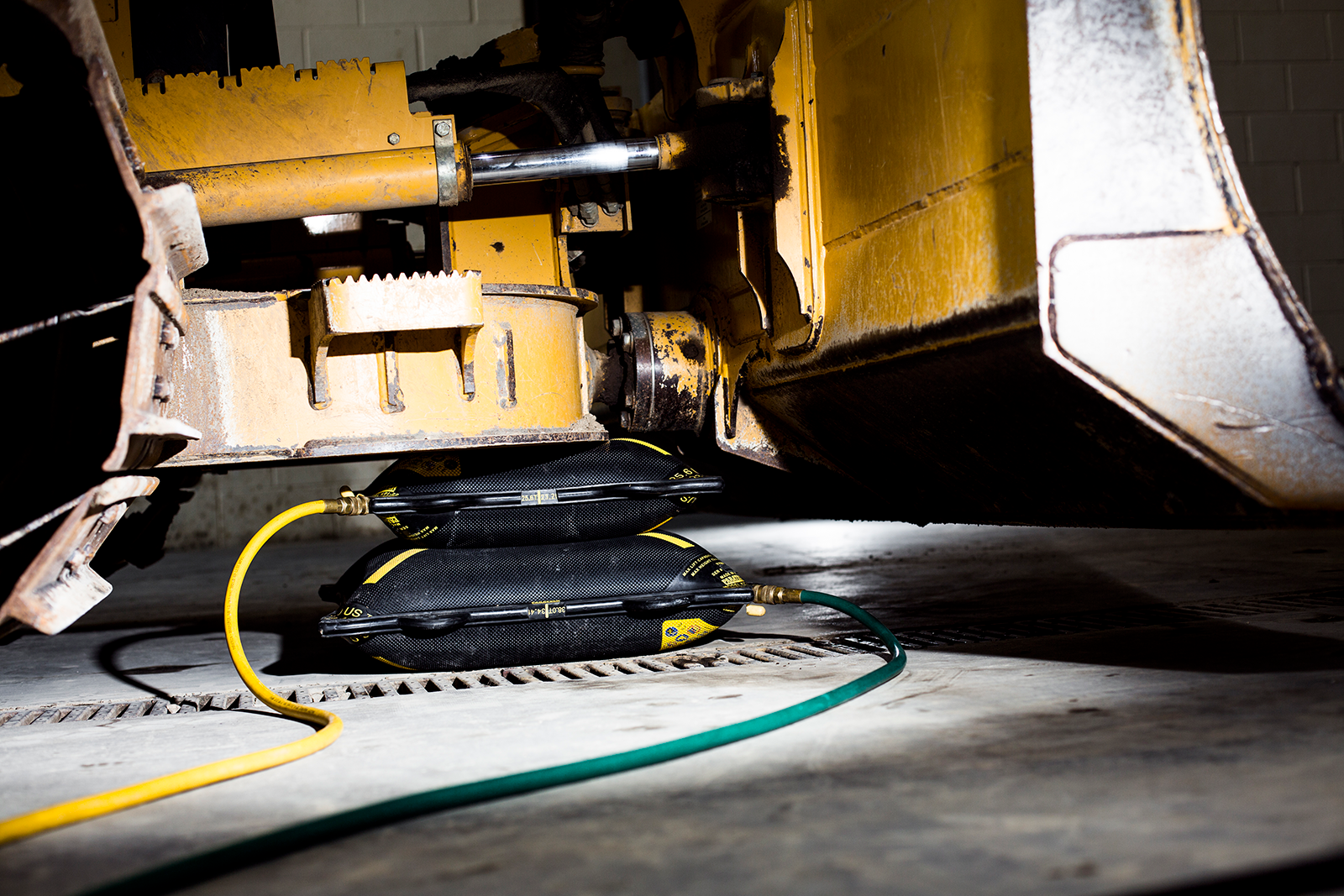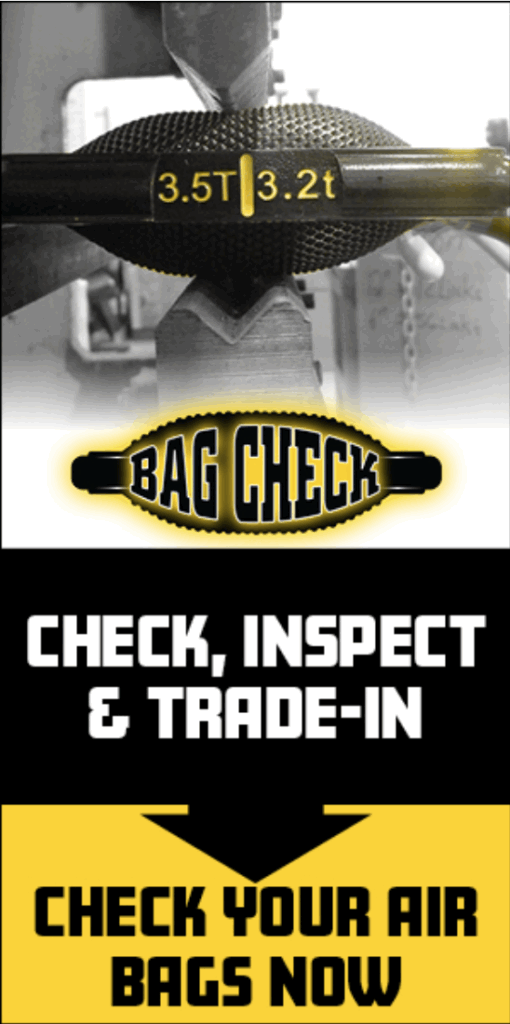
Air Lifting Bag Care Tips
Keys for cleaning, storage & maintenance

The tips below provide preventive and corrective maintenance procedures that are necessary to verify that the MAXIFORCE® G2 Air Lifting Bag System will operate satisfactorily.
Some tips may also be helpful for other brand air bags — but always check your specific brand’s operating, training and maintenance documentation.
The major components and accessories of a MAXIFORCE® G2 Air Lifting Bag System require little maintenance to ensure optimum performance.
However, this maintenance must be performed to ensure personnel and equipment safety, and the assurance that when the system is to be utilized, it will function as designed and intended.
Be sure to read the MAXIFORCE® G2 User Manual for full use & care details.
And, reference the Paratech Air Lifting Bag Working Lifespan Guide for information on recommended service life & determining air bag age.
Some tips for air bag care
Don't Drag or Drop
Do not drag or drop the bag on the nipple area, as this can cause breakage of the brass inflation fitting and render the bag useless.
Cleaning
Keep the exterior of all components clean of all dirt, grit, oil and grease accumulations. Except for the lift bag(s), wipe the exterior surfaces with a lint free cotton machinery wiping towel LIGHTLY dampened with soap and warm water solution. Be particularly careful to remove all dirt, sand, grit, etc. from quick connect couplings and nipples. Swirl in a bucket with the soap and water solution until clean. Rinse with a wiping towel LIGHTLY dampened with clean water. Then dry the surfaces thoroughly with a clean, dry wiping towel or low pressure compressed air. Also clean the lift bag with a soap and warm water solution, but scrub the lift bag with a stiff bristle broom or brush and rinse by spraying with cold water. If the cleaning solution or rinse water gets into the lift bag through the nipple, allow the lift bag to dry thoroughly before its next use.
No Petroleum Products
Do not use any petroleum based product to clean components of the MAXIFORCE® Air Lifting Bag System. Petroleum based products could adversely react with the non-metallic parts of the system components and may result in a component failure when none should be expected or tolerated.
Test Every Three Months of Non-Use
If during the last three (3) months the MAXIFORCE® G2 Air Lifting Bag System and accessories have not been used for training or actual operational functions, they should be field tested to ensure they do not leak and are fully operational in preparation for their next use.
Inspect
Thoroughly inspect and prepare bag for their next use before being placed in storage. While the lift bag is still wet with the cleaning solution, inflate to 30 psi and check for air bubbles denoting a leak(s). Except for air leakage from between the air inlet fitting and the male nipple, replace rather than attempt to repair a leaking lift bag. After a lift bag is clean and dry, all surfaces should be thoroughly inspected for cuts, abrasion, air bubbles and bulges (ply separation), and other similar damage. Inspect hose assemblies for cuts, cracks, crimps and brittleness. Inspect the hose quick connect coupling and nipple for secureness of attachment and burrs, nicks, corrosion and other similar damage that would prevent a leak proof interconnection.
Coupling & Nipple Care
Remove all dirt, sand, grit, etc. from quick connect couplings and nipples. Regardless of whether the lift bag(s) are to be stored flat or upright, the inlet nipple shall be covered with the tethered protective cap over the inlet nipple.
Protect from the Elements
Air bag components must be protected from any extreme environmental conditions where blowing dust, sand, grit and other similar materials could cause damage. If these environmental conditions are likely to be encountered, plastic wrap all components for protection.
Storage
The short term (1 hour or less) temperature range must be within the limits of -75°F (-60°C) to +220°F (+105°C). The continuous temperature range must be within the limits of -40°F (-40°C) to +150°F (+65°C). Regardless of whether the lift bag(s) are to be stored flat or upright, the inlet nipple shall be covered with the tethered protective cap over the inlet nipple. Additional storage requirements of the MAXIFORCE® G2 Air Lifting Bag System components are required in a truck or at a movable facility
Paratech® — Videos

